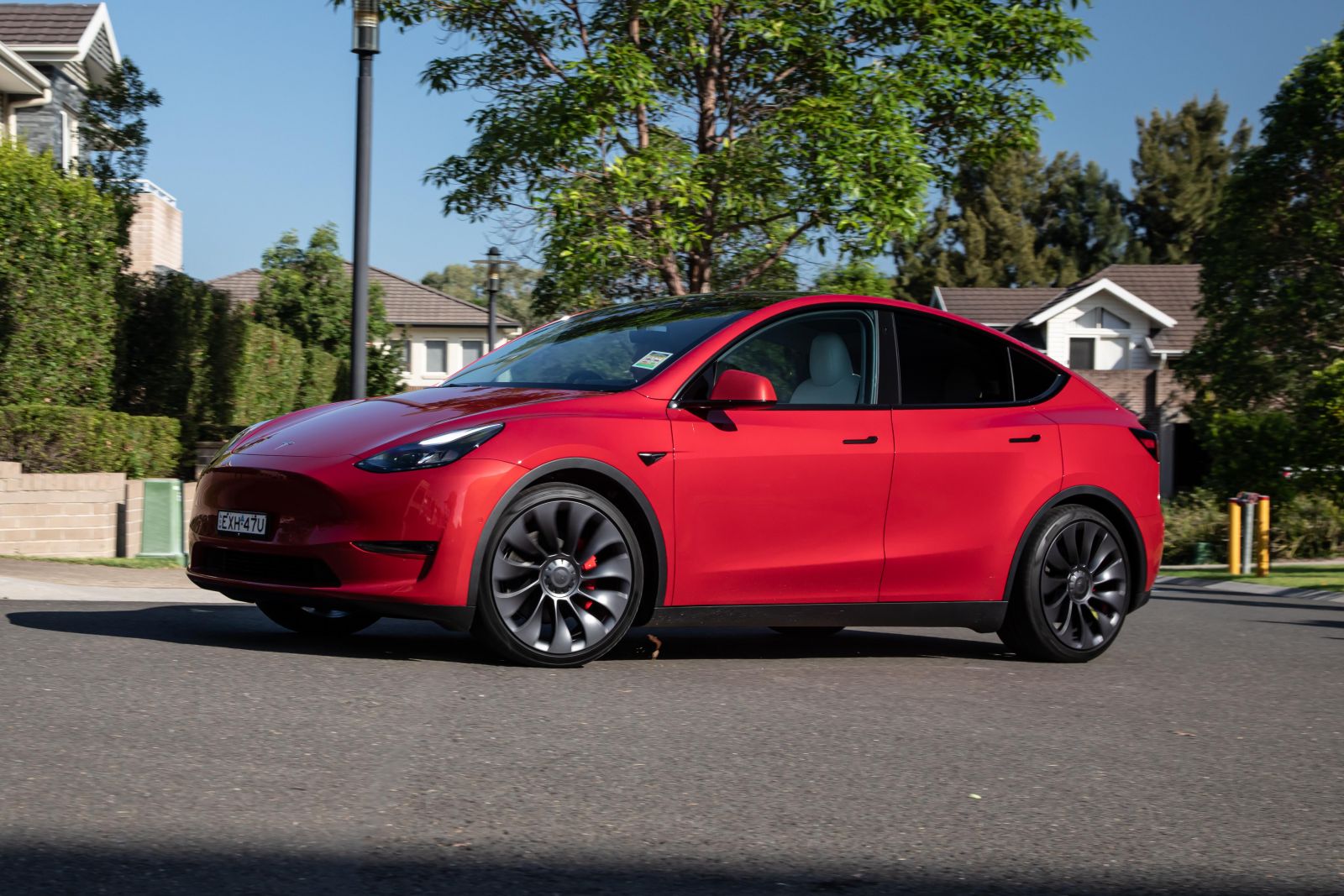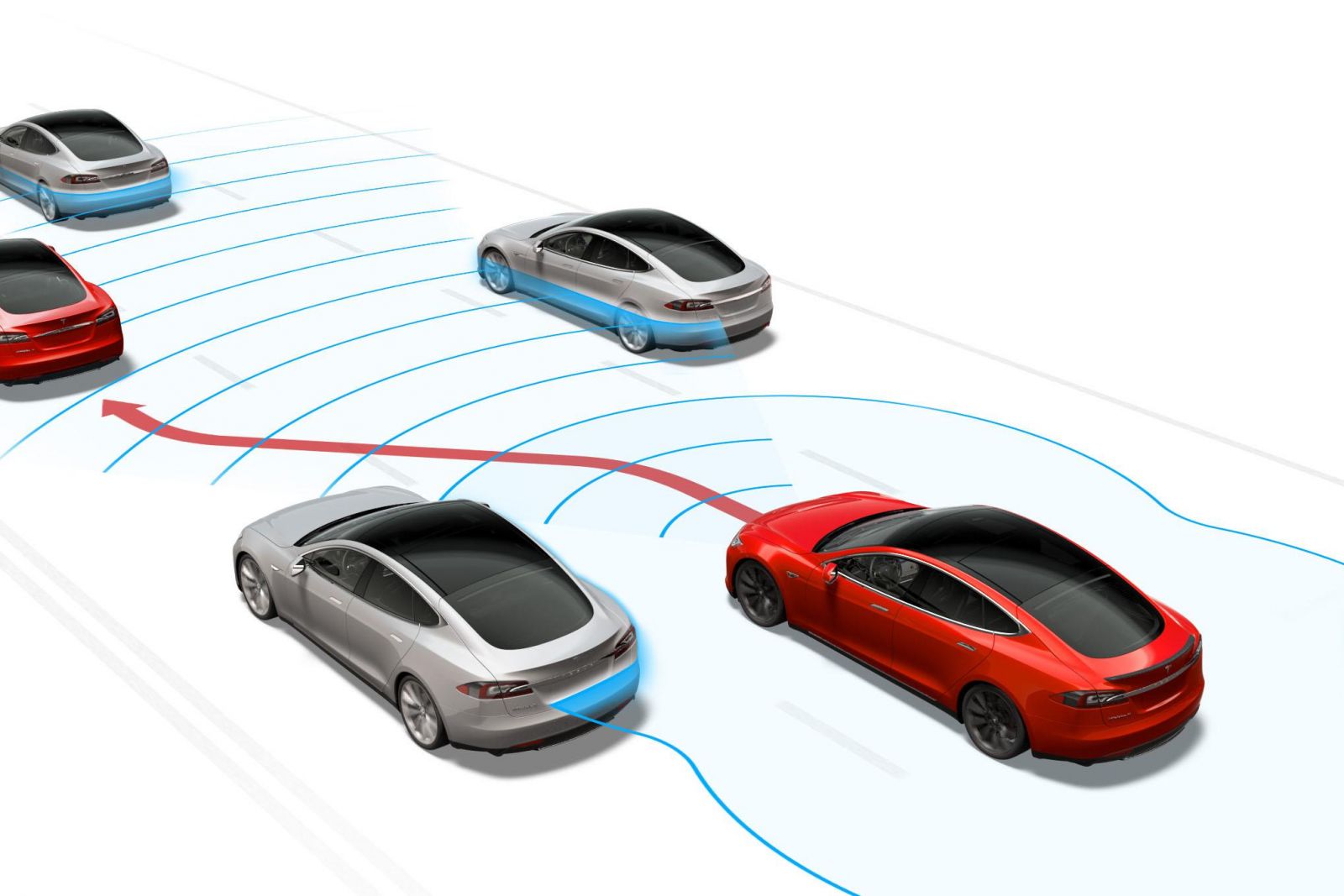Tesla CEO Elon Musk overruled engineers who warned him the company shouldn’t remove radar from its cars, according to a new report from the USA.
A report from The Washington Post interviewed various former employees of the company, including some who spoke with the outlet on the condition of anonymity “for fear of retribution”.
Mr Musk reportedly zeroed in on Tesla vehicles’ radar units as an item that could be deleted to cut costs, arguing the vehicles’ eight cameras would be enough to support its active driver assists. He also reportedly argued there was no need for the sensor fusion the combination of cameras and radar would provide.
But The Washington Post reports some Tesla engineers were aghast, arguing without radar Tesla vehicles would be susceptible to basic perception errors should the cameras be exposed to raindrops or bright sunlight – hardly unusual occurrences.
The company nevertheless went ahead with the plan, announcing in May 2021 it would eliminate radar on new cars. It subsequently began disabling radar in vehicles that had already been produced, too.
Coupled with the continued rollout of Tesla’s so-called Full Self Driving beta, cars were reportedly stopping for imaginary hazards, misinterpreting street signs, and failing to detect obstacles – including emergency vehicles, something that led to the National Highway and Traffic Safety Administration (NHTSA) opening a probe.
These issues reportedly led to an uptick in crashes and near misses.
Some of The Post’s sources attribute the sudden uptick in reports of “phantom braking” in Tesla vehicles to the removal of radar.
NHTSA data shows reports of this phenomenon rose to 107 complaints over three months, compared to just 34 reports in the preceding 22 months. The regulator subsequently opened an investigation after receiving 354 complaints over the course of nine months.
Former Tesla employees who spoke with The Post attributed the company’s problems in this area to the rapid pace of development and Mr Musk’s erratic leadership style, arguing they were forced to work at a breakneck pace and push out technology that wasn’t ready.
They also argued there was a culture of deference at Tesla, and those who went against Mr Musk’s wishes were terminated.
One source even said the software isn’t safe for use on public roads.
“The system was only progressing very slowly internally” but “the public wanted a product in their hands,” said John Bernal, a former test operator in Tesla’s Autopilot department who was fired in February 2022.
Tesla reportedly alleged he had improperly used technology when he posted videos of Full Self-Driving in action.
“Elon keeps tweeting, ‘Oh we’re almost there, we’re almost there,’ [but] internally, we’re nowhere close, so now we have to work harder and harder and harder,” he added.
“No one believed me that working for Elon was the way it was until they saw how he operated Twitter,” said Mr Bernal, calling recent activity at Twitter “just the tip of the iceberg on how he operates Tesla”.
The team has also reportedly lost members, including senior executives, in recent months, while dozens of Tesla engineers have been pulled over to Twitter, recently acquired by Mr Musk.
Mr Musk said back in 2019 that, by the middle of 2020, the company would “have over a million Tesla cars on the road with full self-driving hardware” that would be so reliable the driver “could go to sleep”.
As recently as this February, however, Tesla had to roll out an over-the-air update as its Full Self-Driving beta “could potentially infringe upon local traffic laws or customs while executing certain driving manoeuvres”.
Tesla hasn’t just eliminated radar, either. Ultrasonic sensors got the axe last year, with Tesla arguing its camera-based Tesla Vision would improve to the point where these wouldn’t be needed.
That decision meant some vehicles went without key Tesla features as the camera-based technology couldn’t support them on its own, including Summon and Smart Summon.
“I just knew that putting that software out in the streets would not be safe,” one former Tesla Autopilot engineer told The Post under the condition of anonymity.
“You can’t predict what the car’s going to do.”
The US Justice Department is reportedly requesting documents related to Full Self-Driving as part of a probe, while the US Securities and Exchange Commission is investigating Mr Musk’s role in touting the self-driving claims of Tesla’s vehicles.
The NHTSA has two investigations in Autopilot, one of which is in the engineering analysis stage and is looking at crashes with stationary emergency vehicles, while the other is looking at phantom braking reports.
Shareholders also recently filed a proposed class action suit against Tesla in federal court in San Francisco, arguing they had been defrauded by the company with false and misleading statements on technology that “created a serious risk of accident and injury”.
MORE: Tesla recalls over 360,000 cars for ‘Full Self-Driving’ breaking road rules
MORE: Tesla under US criminal investigation for self-driving claims – report
MORE: Teslas temporarily losing functions with removal of sensors
MORE: Class action lawsuit launched against Tesla’s Autopilot, Full Self-Driving claims






